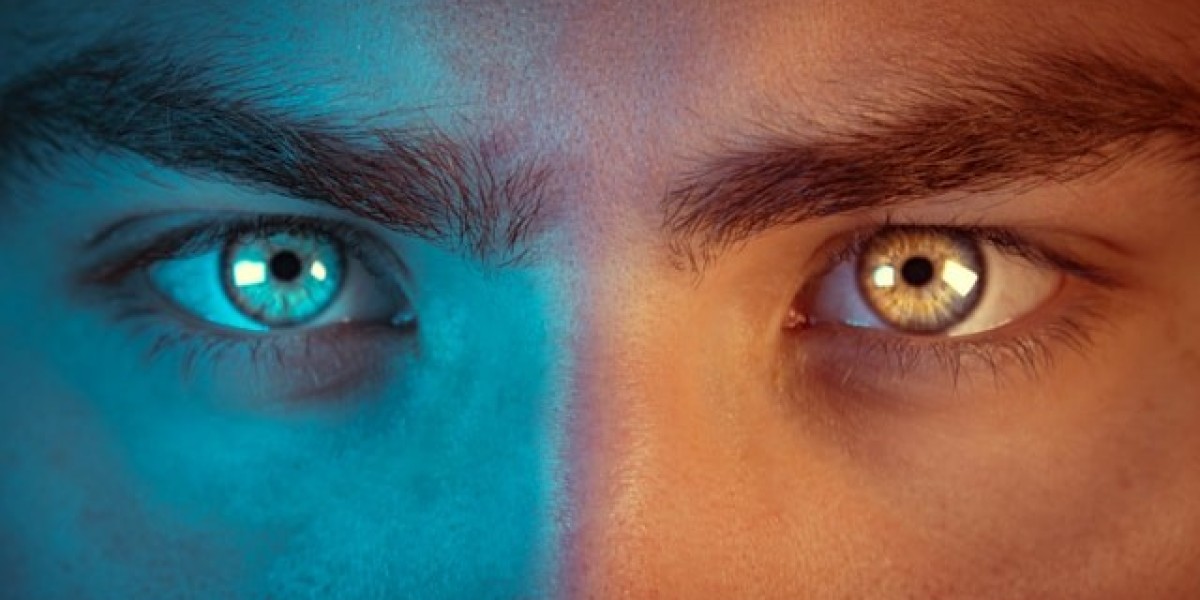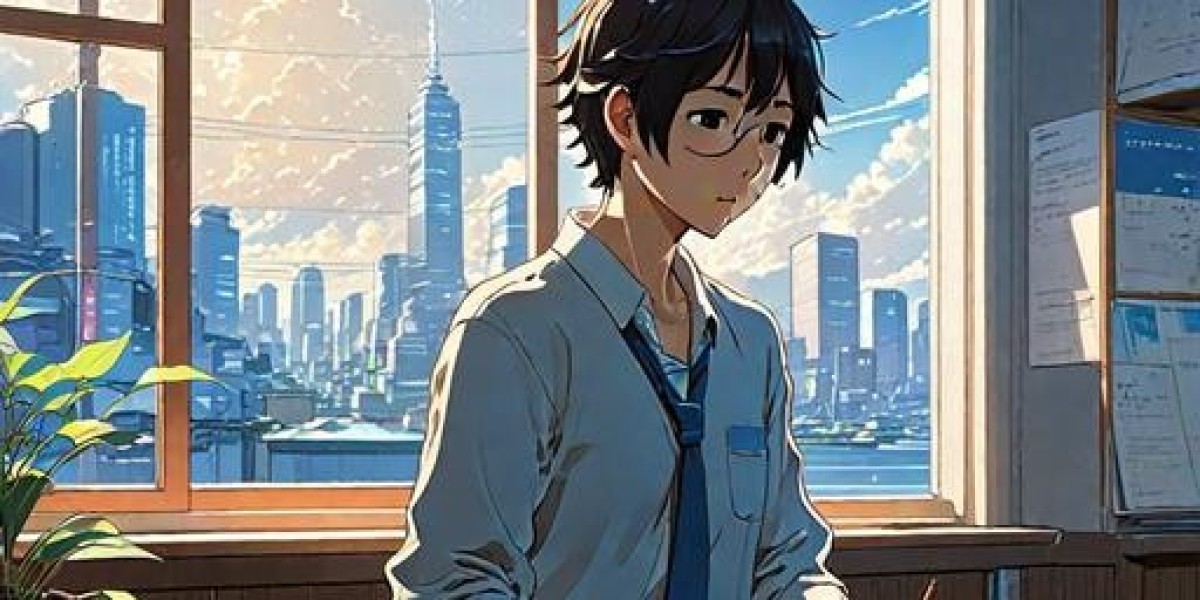Custom artwork design and illustration trends come and go, but one style has persistently stood the test of time by reinventing itself for contemporary audiences—retro illustrations. Once synonymous with newspapers, vinyl covers, and mid-20th-century advertising, these designs are making a spectacular comeback. Today, they’re enabling brands, artists, and small businesses to connect with their audiences in a fashion that's nostalgic yet innovative.
Whether you’re a design enthusiast seeking inspiration, an art buyer looking for your next creative piece, or a small business owner exploring how to distinguish your brand visually, this guide will show you everything you need to know about retro illustrations and why they’re a fantastic addition to your creative toolkit.
What Are Retro Illustrations? Defining the Style
Retro illustrations are visual designs inspired by stylistic trends from bygone eras. Typically, these pieces draw from the 1920s-1970s, encompassing art deco, mid-century modern, pop art, and even early comic-book aesthetics.
Common features of retro illustrations include:
- Muted Color Palettes with warm hues, dusty tones, and subtle gradients.
- Geometric Patterns and Textures that create a tactile, crafted appearance.
- Hand-Drawn Imperfections, Bold Linework, and Vintage Typography, reminiscent of print-era artistry.
Though the term “retro” evokes nostalgia, it’s important to emphasize that these designs are never an exact re-creation of the past. Instead, they reinterpret old-school concepts with a modern touch, giving them fresh relevance in today’s digital age.
Why Are Retro Illustrations Popular Today? Connecting with Nostalgia
Why is the design world suddenly brimming with retro illustrations? The answer lies within our shared human experience. Retro visuals tap into feelings of comfort, familiarity, and nostalgia. For many, these designs are associated with their childhood or an idealized version of the past—a time perceived as simpler, less hurried, and more personal.
But nostalgia isn’t the sole reason for their rise to popularity. Today’s businesses are leveraging retro illustrations to stand out in a highly competitive digital marketplace. They scream authenticity, and their hand-crafted feel contrasts with the polished look of mass-produced digital designs. Brands aiming for uniqueness know that retro equals memorable.
How to Use Retro Illustrations in Your Brand
For small business owners, deciding how to integrate retro illustrations into your brand might seem daunting, but these tips will make it manageable and approachable.
1. Start with Your Brand Identity
Ask yourself what your brand represents. Does your business thrive on creativity, warmth, or a sense of tradition? Retro illustrations work wonderfully for brands in sectors such as food and beverage, fashion, music, or boutique retail spaces where storytelling plays a key role.
2. Design Thoughtfully for Your Audience
Would your target audience relate to retro visuals? Millennials and Gen Z consumers, for instance, are drawn to retro aesthetics on social media platforms as they cherish individuality and timeless appeal.
3. Be Intentional in Application
A scattershot approach can dilute your branding. Instead, consider where retro elements will have the most impact:
- Packaging: From vintage-inspired coffee tins to hand-illustrated labels, retro packaging is irresistible to consumers.
- Social Media Graphics: Create shareable Instagram posts using retro color palettes and typography.
- Signage and Logo Design: A retro logo can instantly grab attention and evoke feelings of trust and familiarity.
Creating Custom Retro Artwork: A Step-by-Step Guide
Producing custom artwork design in retro style involves more than mimicking trends. Follow these steps to create truly unique designs that make an impact.
Step 1. Research Historical Design Trends
Study vintage advertisements, art, and illustrations from the past century. Pay close attention to typography, color schemes, and layout principles that define specific eras.
Step 2. Choose Your Tools Wisely
While hand-drawing retro designs is a classic method, modern digital tools such as Adobe Illustrator and Procreate allow artists to replicate vintage work seamlessly. Incorporate brushes and textures that imitate screen printing or stippling for an authentic feel.
Step 3. Sketch First, Refine Later
Begin by drafting a rough concept by hand. Then refine, tweak, and digitize to create crisp artwork.
Step 4. Experiment with Color
Retro illustrations thrive on muted tones and bold contrasts. Use tools like the Adobe Color Wheel to find complementary palettes that emulate the era-specific aesthetics you're seeking.
Step 5. Refine Details & Add Textures
Introduce hand-drawn elements or use filters to create worn-out textures that mimic vintage printing. Final touches make all the difference!
Step 6. Test and Collect Feedback
Show your designs to a sample audience or collaborators before finalizing. Small tweaks based on their input often enhance the overall impact.
Where to Find Inspiration for Retro Designs
Finding inspiration to kickstart your retro artwork doesn’t have to be overwhelming. Start with these trusted resources and references:
- Design Databases: Platforms like Behance and Dribbble curate incredible retro-inspired creations from graphic artists worldwide.
- Vintage Advertisements and Print Ephemera: Scour Pinterest, old magazines, or online archives for authentic imagery.
- Art Movements: Delve into movements such as Art Deco or Bauhaus Design for rich stylistic cues.
- Color Palettes: Websites like Coolors or Canva’s palette generator provide retro color schemes that pair perfectly.
- Music & Pop Culture: Vinyl covers, movie posters, and comic books from bygone decades are treasure troves of inspiration.
Add Retro Charm to Your Projects
Retro illustrations perfectly marry nostalgia with creativity, making them a compelling force in custom artwork design today. Whether you're creating art for your small business, looking to expand your artistic horizons, or curating memorable client projects, incorporating retro elements is a surefire way to make a statement.
Why wait to explore further? If you’re ready to take your brand or art collection to the next level, start integrating retro aesthetics today. Need help developing your style or crafting custom illustrations? We’re here to guide you every step of the way.









